How to use data?
Everyone benefits from open data

The open data found in data catalogues can be used in countless ways: for example, as decision support, as visualisations of numerical data, as map visualisations or as stories told by data journalists. Open data has even been used to make a jewellery.
From journalists and app developers to active citizens interested in drawing conclusions or discovering new phenomena with data, anyone can use data.
Students use open data to provide free, up-to-date and localised material for their theses, while companies use open data for their analyses or combine it with other data in their possession.
Get to know, come up with ideas, make it happen
Open data has already been used in many different ways. HRI’s app gallery contains examples of how open data from Helsinki Metropolitan area has been used. You can also find out more about the achievements of other open data users in the app gallery. If you would like to have your own application in the app gallery, you can send us its basic information using the convenient form.
If you’re eager to start coding but don’t have an idea, you can check out the ideas of others (mostly in Finnish) and continue to develop the idea into an application. You can also submit your own app idea to HRI if you don’t have the time or skills to do the app.
The guidelines on this site will help you get started with open data.
